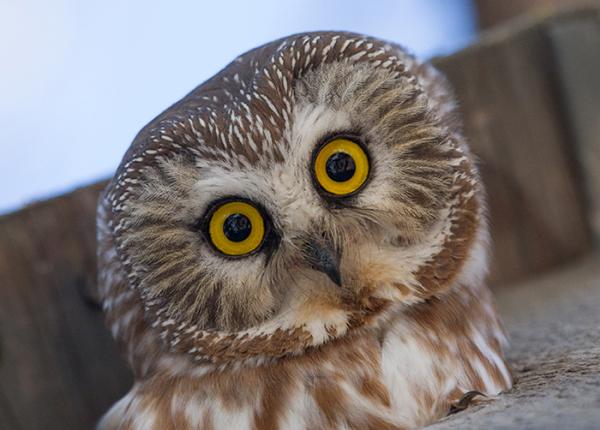On Saturday, we received a call about an owl caught in a barbed wire fence near Darby. MT. Thanks to the quick response of the landowner and local FWP wardens, the owl was carefully cut free and began his journey up to Wild Skies.
Cutting the wire and leaving it attached for a vet or rehabber to remove gives these birds their best chance at survival. Their feathers become tightly entangled when trapped, and their thin skin tears easily. It took us two hours to remove all the wire and suture the wounds.
Barbed wire is just one more human-made obstacle that wildlife must navigate daily to survive. We can help make the landscape safer for owls and countless other species with minor changes, like installing wildlife-friendly fencing.
Barbed Wire Usage in the U.S. and Montana
• National Market: In 2024, the U.S. barbed wire market was valued at approximately $34.9 billion, reflecting its widespread use in agriculture and property delineation.
• Montana’s Landscape: Montana’s vast open spaces are crisscrossed with miles of barbed and woven wire fencing. While essential for managing livestock, these fences have well-documented impacts on wildlife movement and safety.
• Fence Density in Montana: Studies in Beaverhead and Madison Counties show average fence densities of 0.58 miles per square mile, with some areas reaching as high as 9.26 miles per square mile.
Every small effort to make fences safer can help protect the wild animals with whom we share this landscape. Thank you for caring.


Awwww!!! It’s so cute!!
It does look particularly cute here!
It’s the biggest (by volume) and one of the fluffiest owls of all. There’s just more of it to love!


